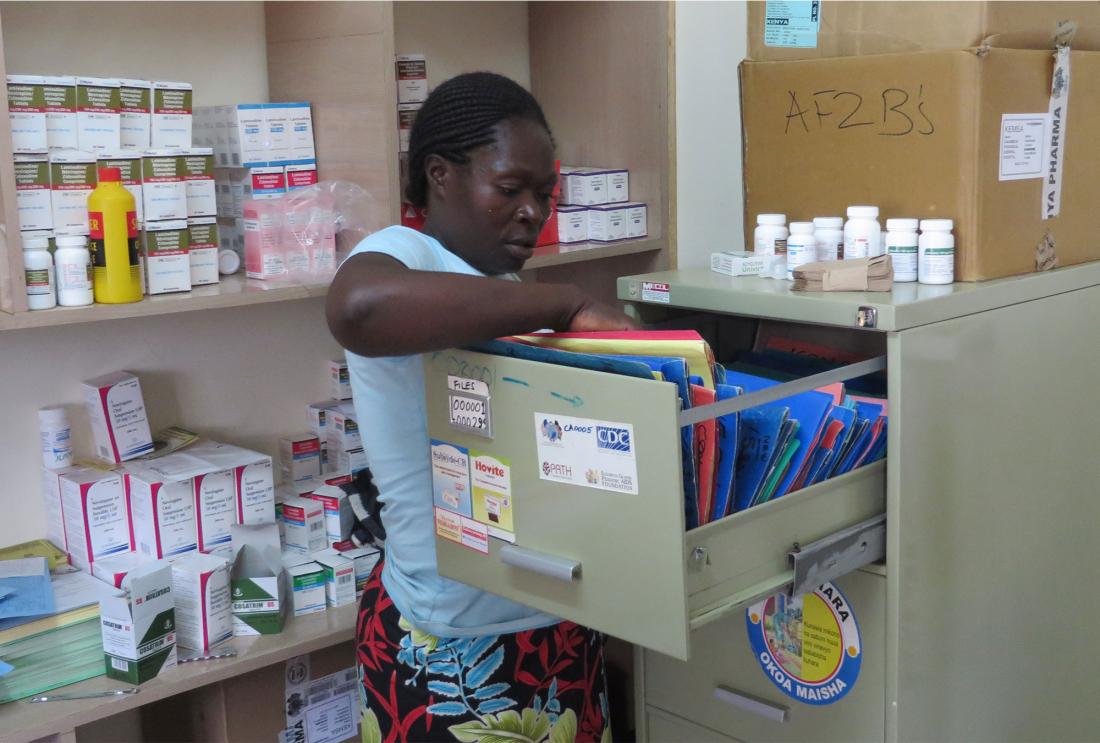The Impact of a Multi-Faceted Health Initiative on Healthcare Quality
- Health care providers
- Citizen satisfaction
- Health outcomes
- Service provider performance
- Cash transfers
- Digital and mobile
- Information
- Conditional cash transfers
Sub-Saharan Africa accounts for 24 percent of the global burden of disease. While private clinics are the first source of care for many Africans, the quality of care offered in private facilities is inconsistent and often weak, and the private healthcare sector faces a wide host of challenges. In this study, researchers will evaluate the impact of a multi-pronged private healthcare initiative on healthcare utilization, quality of care, clinic financial outcomes, and child health outcomes in Kenya.
Policy issue
Sub-Saharan Africa accounts for 24 percent of the global burden of disease, yet it only has 11 percent of the world's population.1 The healthcare systems in Sub-Saharan Africa face numerous challenges, including lack of training and organization, insufficient standards and quality monitoring, and high out-of-pocket expenditures. While many efforts to address problems in the healthcare sector have focused on government clinics and hospitals, private providers are in fact the first source of care for many Africans. Though millions of people rely on private clinics, regulation and enforcement of the quality of care in private facilities is generally weak.2 As a result, governments and NGOs have recently turned their attention to improving care in private facilities. This study will test whether a multi-faceted approach can improve the quality of care and ultimately health outcomes in the region.
Context of the evaluation
The African Health Market for Equity (AHME) initiative is a multi-faceted program that aims to improve both the supply and demand for private healthcare among the poor. Supply-side interventions aim to ensure high quality of care, while demand-side interventions aim to reduce barriers to accessing high-quality care. The initiative was designed and is being implemented by Marie Stopes International, Population Services International, PharmAccess Foundation, Grameen Foundation, the International Finance Corporation, and Society for Family Health.

Details of the intervention
Gertler and Montagu will use a randomized evaluation to evaluate both the effectiveness and cost-effectiveness of the AHME program at improving quality of care, service utilization, access to high-quality care, and health outcomes. While the initiative is taking place in Ghana, Kenya and Nigeria, the initiative is being evaluated only in Ghana and Kenya, and the randomized evaluation is occurring in Kenya only.
In Kenya, the researchers will randomly assign private clinics that meet the criteria for selection into the AHME program to either a treatment or comparison group. Clinics in the treatment group will be invited to participate in AHME immediately, while clinics in the comparison group will be recruited into AHME after the evaluation is complete.
Clinics participating in AHME will receive five interventions:
-
Social franchising: Evidence suggests that grouping private providers under a franchised brand with a social goal could improve both access to and the quality of some clinical medical services. Such “social franchising” entails creating a valued brand for goods or services with a social goal, and extending the reach of that brand by leasing the right to use it. Private providers will be trained and certified to deliver standardized care under the franchised brand. The brand will aim to signal to the client that the clinic offers high-quality services, and local and national marketing for the brand will aim to build demand for the franchised services.
-
SafeCare: The program will provide participating clinics with a standardized assessment of facility quality, support in developing quality improvement plans, and incentives for clinics to improve quality of care.
-
Medical Credit Fund: The fund will provide strategic planning support tied to performance-based financing to eligible SafeCare-participating clinics.
-
Demand-side financing: AHME will facilitate registration with Kenya’s National Health Insurance Fund for SafeCare-participating clinics that meet a minimum standard of quality.
-
Information and communications technology (ICT): Mobile phones and other technology will be utilized to enable clinic personnel to, among other things, collect data and directly reach clients to improve operational efficiency.
Data will be collected over a four-year period at both the clinic and household level to measure healthcare utilization, quality of care, clinic financial outcomes, and child health outcomes.
A qualitative evaluation will take place in Ghana and Kenya over the same four-year period to complement the quantitative findings. The qualitative evaluation will explore provider and client attitudes towards quality of health and options for care, and will describe the AHME operation processes and their effects on the overall markets and institutional environments in which they function. Gertler and Montagu will conduct in-depth interviews with providers participating in AHME and their clients and carry out focus group discussions in communities surrounding AHME facilities. The researchers will also conduct key informant interviews with AHME partner organizations and other key project stakeholders.
Results and policy lessons
Project ongoing, results forthcoming.
UNEP. “Global Shortage of Health Workers.” http://www.unep.org/training/programmes/Instructor%20Version/Part_2/Activities/Dimensions_of_Human_Well-Being/Health/Supplemental/Global_Shortage_of_Health_Workers.pdf
Prata, Ndola, Dominic Montagu, and Emma Jefferys. 2005. "Private Sector, Human Resources and Health Franchising in Africa." Bulletin of the World Health Organization 83(4): 274-279.



